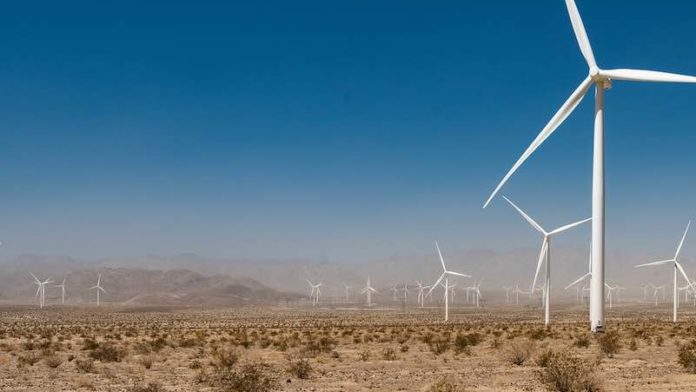
South Africa’s previously successful renewable energy independent power programme (REIPP) fell on its face about five years ago, when government halted Round 4 bids for political reasons.
That programme resumed two years later. At end-June 2019, South Africa had 47,970MW of installed electricity, of which 3,976MW (8%) came from renewables.
Despite the approval of South Africa’s Integrated Resource Plan 2019 late last year, and the country’s dire need for more power, Minister of Mineral Resources and Energy Gwede Mantashe has fallen inexplicably silent on launching Round 5 (to procure 1,600MW of wind and 600MW of solar power).
Louise Naudé, WWF-SA Programme Manager: Low-carbon Framework, suggests the reason for the delay is “competing interests”.
“There are those with interests in coal and others with genuine concern for the workers. Then there are others that don’t want the private sector to take control of electricity generation, they believe it should remain under government control.”
Ntombifuthi Ntuli, CEO of the SA Wind Energy Association (SAWEA), says there are encouraging signs of progress. She expects renewable energy will form part of the post-COVID-19 lockdown economic stimulus package, since it is infrastructure investment that does not require government capital.
Wido Schnabel, chair of the South African Photovoltaic Industry Association (SAPVIA), says he cannot guess the reason for delaying Round 5, but there’s demand for renewable energy solutions from large industries represented by the Minerals Council of SA and the Energy Intensive Users Group. In the last ten years, 1-1.2GW of solar PV has been installed by office blocks, farms and shopping malls.
We believe that by 2022 the price of batteries will come down to US6c/kWh and solar will fall to US2c/kWh, to give a total cost of US5c/kWh. That would make solar with batteries competitive with gas power
But the Nersa licensing regime is far too onerous, Schnabel says. Projects generating just over 1MW have to go through the same lengthy application process as large-scale installations.
At the Mining Indaba in February, Mantashe committed to lifting some of the restrictions on embedded generation and speeding up the licensing process. But nothing has happened.
Schnabel says renewable technology is improving all the time. The costs have dropped and will continue to do so over the next couple of years. At the moment, the average global price for solar PV is US3c/kWh. Battery prices are about US9c/kWh. Solar should be combined with at least four hours of battery storage to cover peak demand and night-time demand in South Africa. Together, the costs are about US7,5c/kWh in 2019.
“We believe that by 2022 the price of batteries will come down to US6c/kWh and solar will fall to US2c/kWh, to give a total cost of US5c/kWh. That would make solar with batteries competitive with gas power,” Schnabel says.
Schnabel says what the battery technology of the future will be is unknown. It could be anything from lithium-ion to hydrogen fuel cells or Vanadium Redox Flow Batteries (VRFBs), or something completely different.
This article was first published in the Mining Yearbook 2020 which is available here: https://www.miningmx.com/the-mining-yearbook-2020/
Hydrogen SA (HySA), established by the Department of Science and Technology, has been researching hydrogen and fuel cell technologies for over 12 years. It is looking at a hydrogen-based power source that could be a cleaner and quieter alternative to generators; using hydrogen in combined heat and power units that could provide decentralised power and heating for buildings; and fuel cell vehicles.
This research, in which some of South Africa’s platinum mining companies are involved, is intended to grow the market for platinum as a catalyst in the fuel cells.
BUSHVELD MINERALS
AIM-listed junior miner Bushveld Minerals, through its subsidiary Bushveld Energy, is driving VRFBs, using locally-mined vanadium, for power storage to supplement renewable energy generation.
Bushveld intends to install a solar-plus-mini-grid using a VRFB at one of its plants. It has also partnered with the Industrial Development Corporation to build a plant in East London to manufacture vanadium electrolyte.
Since 2015, Eskom has been testing utility-scale, commercially-available battery systems at its research facility in Rosherville.
Eskom’s spokesman says it has been testing a lithium-ion phosphate battery, which has performed well.
It also started but discontinued testing a high-temperature sodium nickel chloride battery, and a VRFB was submitted for 18-month testing, but it is not operating. Another unit from China will be tested, but its arrival was delayed by COVID-19.











